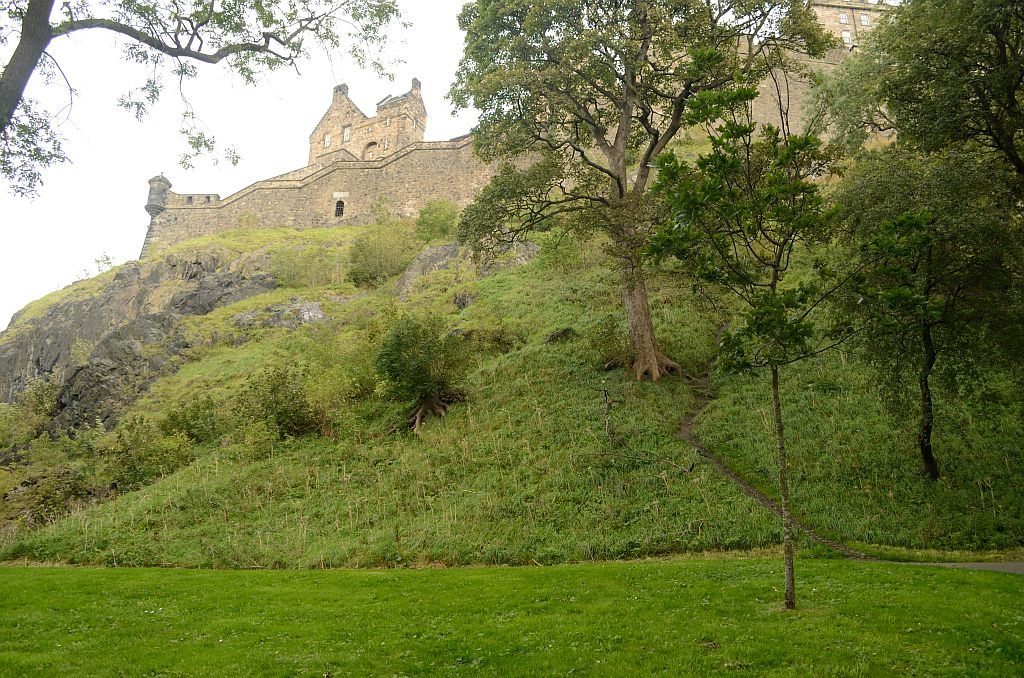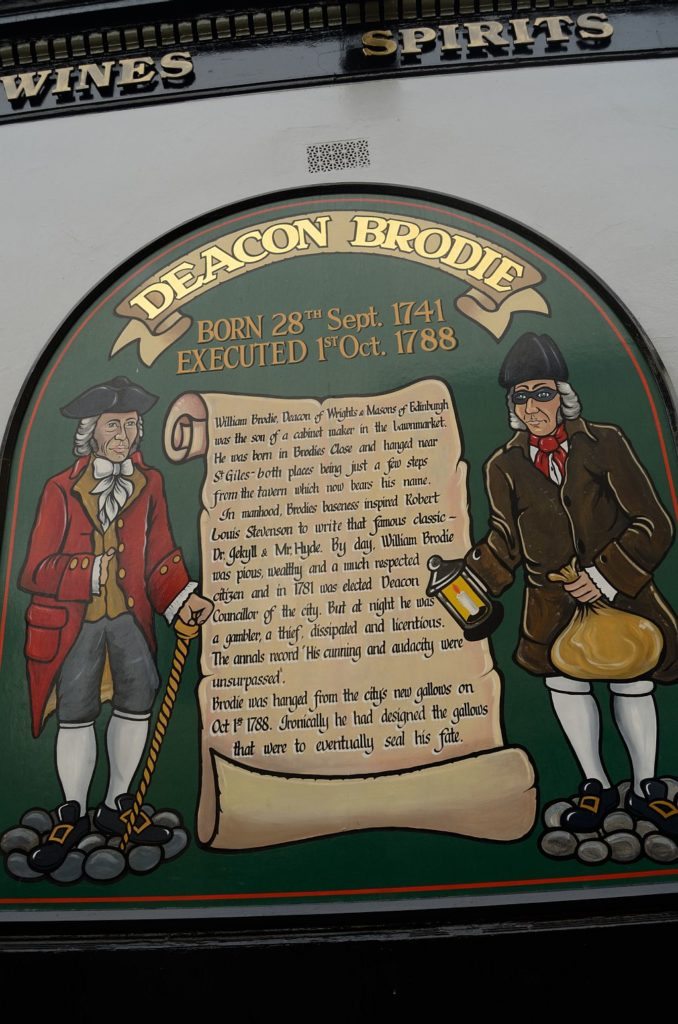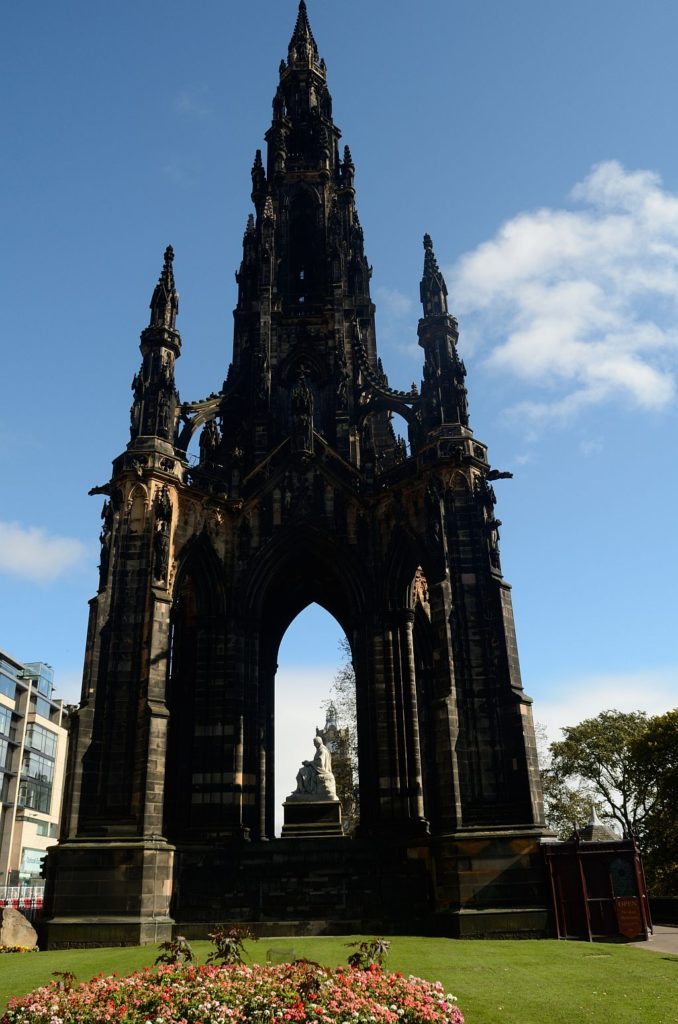A literary tour in Edinburgh
The closes literally close on you as you wander aimlessly around them. In these narrow, silent, dark alleys, one can imagine a crime scene straight from a murder novel set a century ago. Literature however blossoms in these closes, so typical of old Edinburgh town. Fancy some of their names for a minute . There is Castle Wynd Close, Old Distillery Close, Riddle’s Close, World’s End Close – just to name a few around the Royal Mile in the old town. And some of them, like the Mary King’s Close, named after a daughter of a rich property owner in the 17th century lies buried, below the old town mired in dark legends and haunted tales. These closes or alleys were once private properties, taking the name of a prominent person who lived there or the place where it led to and a flight of steps usually took you to the tall imposing buildings on either side.
I am interested in one of them – Lady Stair’s Close and it leads me up a tall tower, almost like a fortress , apparently the old home of the Lady , which was originally built in the 16th century for her grandfather, Sir Walter Gray and his wife . Renovated again in the 18th century, today it is houses the Writer’s Museum. In this vintage home, three literary greats of Scotland – Robert Burns, Sir Walter Scott and Robert Louis Stevenson are remembered through letters, portraits, manuscripts, vignettes and anecdotes . And that is where my literary tour in Edinburgh begins.
Adjacent to the museum is the Makar’s Court, where quotes of writers are inscribed in flagstones. The word “Makar” in Scottish refers to a person who fashions or constructs and in this context identifies a writer as a craftsman who creates a different world with words.
In Edinburgh, literature can be hidden in the most uncanny of all places. You would find them in inns, towers and even in a railway station.If a Writer’s Museum is tucked away in an 18th century home with over five chimneys, then the setting for Stevenson’s The Strange Case of Dr Jekyll and Mr Hyde lies in a tavern. And yes, truth is indeed stranger than fiction as the man who inspired Stevenson to write the novel lives on in Deacon Brodies Tavern.
William Brodie was an 18th century councillor of the city of Edinburgh , a head of a trade guild and who made furniture like cabinets, but at night he was a thief and a gambler . It is believed that Stevenson’s father bought furniture from him. Brodie enjoyed his dual life but he was eventually caught and hung in the gallows that he funded and built. The Scots remember him today by naming a pub after him on the Royal Mile in the Old Town, which is forever brimming with life. I am told that even New York has a pub dedicated to him.
I am however sitting in a different pub, which claims to be the oldest in Edinburgh — apparently 500 years old. The White Hart Inn takes its name from a 12th century encounter between King David 1 and a white stag in those environs around the present Holyrood Park. The cellar in the pub dates to the 16th century, while the inn looks straight out of an 18th century novel and it was voted apparently as one of the most haunted pubs a few years ago. Spooked or otherwise, it seemed to be the haunt of most locals as well as tourists.
The Old Town treats me to castles and churches , ruins and rambles, whiskey tours and pub tours, as I walk along the Royal Mile from the Edinburgh Castle to the Holyrood Palace with its abbey, all in shambles .But I am a little heady on literature and so, I head on the 18th century New Town and land at the Princes Street .
I always thought that the name of the street was after a beautiful maiden, only to learn that King George 111 rejected its original name Giles Street and named it after his two princes. St Giles , a patron saint of the town was also believed to be patron of the lepers and the king did not like the association of the name with a slum near the city of London. But it is not the street or its history that fascinated me. A towering monument located close by at the Princes Street Gardens catches my attention. And that is where my literary tour of Edinburgh ends.
A 200 feet tower with more than 280 steps on a narrow spiral staircases leads you up this Gothic monument that offers you spectacular views of the city. It is not just a landmark of Edinburgh but a mammoth memorial erected for writer Sir Walter Scott . His Waverley Novels were immortalised in a railway station in the city which took the name.
Sitting at a bench in the gardens, I realize that every brick of Edinburgh has a literary story to narrate. It tells you how Scotland’s favourite poet, Robert Burns hired a pony and rode to Edinburgh in the 18th century, where he finally was accepted as a man of letters. The Scots are very proud of their literary heritage and if you want to get a bit high on literature, then add a blend of Scotch to a measure of poetry and go on a literary pub tour in Edinburgh.




